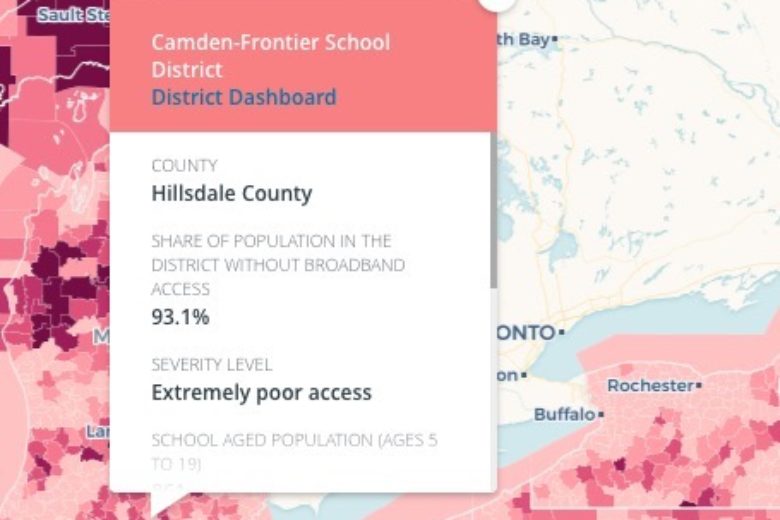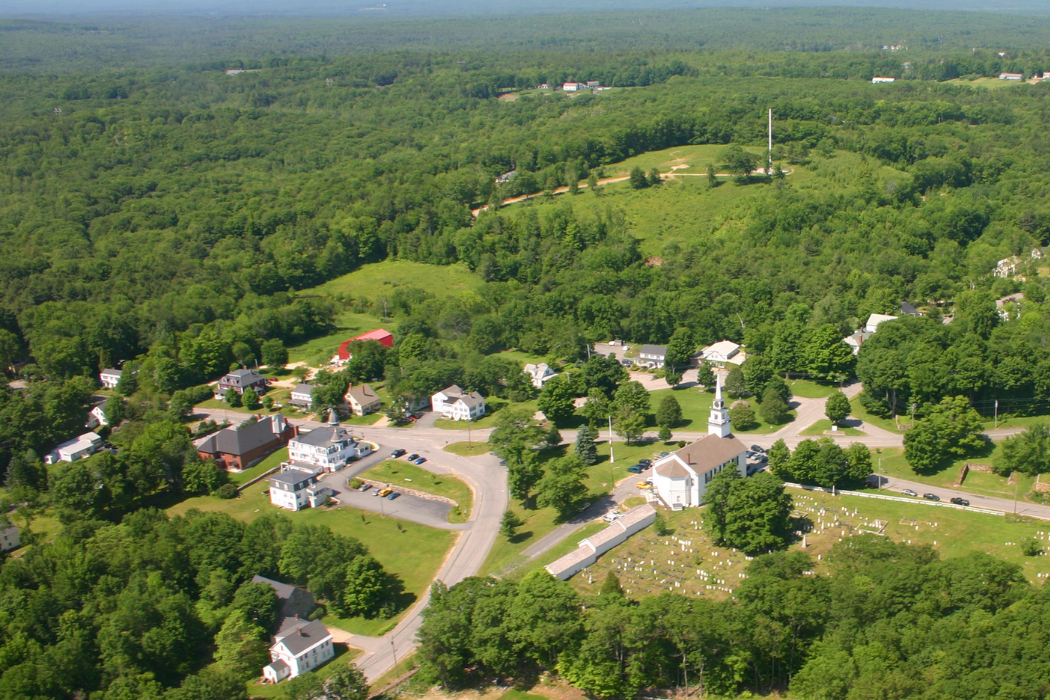How broadband inequality complicates COVID-19 school closures in rural areas
As schools shutter in the wake of the COVID-19 pandemic, the nation watches in disbelief as they learn that educators and local leaders across the country can’t protect rural students from falling significantly behind their connected peers. While not a new predicament by any means, these infrastructure failures that divide our children’s equal access to education are only now getting the national attention they deserve.
This grievous situation is a reminder that we must build future-proof infrastructure that democratizes broadband and provides internet access to all Americans, regardless of where they live.
In rural districts across the country where households don’t have high-speed internet connections, school closures will add to an already stressful situation that has an ever-increasing chance of long-term impacts. While urban school districts are moving to virtual learning environments, many rural school districts are without the infrastructure to follow suit.
According to a Democratic staff of the Joint Economic Committee report dealing with the urban/rural digital divide, in 15 states the majority of rural residents do not have access to broadband. And to make matters worse, social distancing will create feelings of isolation, on top of delayed testing and missed assignments, as students are forced to disconnect from their school community.
The “homework gap” in rural America is well documented, and the events of recent weeks are once again bringing the urban/rural digital divide into the national conversation and reminding us that we need to bridge this gap.
By making broadband widely available, we can create healthier, more digitally empowered rural communities to serve the needs of residents. These students and educators should have the same opportunities as those living in urban areas with access to broadband internet and not be limited to learning within a classroom environment.
Broadband Access Map
To help illustrate some of the stark realities of what rural Americans are experiencing in the wake of this monumental health crisis, CORI’s Mapping and Data Analytics team has created an interactive broadband map to better visualize and understand broadband availability across America’s school districts. For our map, we’ve adopted a very specific definition of broadband.
We consider broadband to be internet service that:
- Has download speeds of at least 25 Mbps
- Has upload speeds of at least 3 Mbps
- Is delivered by a fixed ground based system
This definition is based on Federal Communications Commission (FCC) benchmarks for broadband. Our view is that this is the bare minimum speed and reliability requirements for a household engaging in long-term remote work and learning.
These speed and bandwidth requirements are even more important today as more members of the family use the internet for work or entertainment. (Note: we do not count mobile internet or satellite internet as these services do not offer the speed or reliability needed for extended remote work.)
Our estimates are based on data from the FCC. Each year, the FCC collects data from internet providers on the maximum advertised speed that they offer in different areas.
While an internet provider may advertise high speeds in an area, the actual speeds experienced by the customer can be much lower. This is particularly the case with DSL service, in which the internet speed falls the further the customer is from the central internet exchange hub. Thus, rural DSL subscribers often experience speeds that are lower than what is advertised.
It was recently estimated that the number of people actually lacking 25 Mbps/3 Mpbs broadband might be twice as much as is reported in the FCC data that we are using. It is important to note that our estimates do not count students who could have broadband internet at home but do not because of the cost. This number would likely be several times larger than our estimate based on broadband availability alone.
Broadband Access Severity Levels:
- Extremely Poor (Greater than 50% lack access)
- Poor (31-50% lack access)
- Partial (11-30% lack access)
- Good (10% or less lack access)

The urgency of bridging the urban/rural digital divide has been exposed during this historic pandemic.
Broadband — and specifically fiber — is the foundational element that creates a rural America with the resources needed to drive innovation and entrepreneurship to power their communities into the future. With the right approach to access, innovation and growth can follow. Small towns and communities across the country have built world class broadband using a wide variety of models and funding mechanisms, particularly in states that have passed legislation that supports rather than blocks municipal and cooperative structures for broadband deployment.
To learn more about our mapping and data analytics work, or to request a map you’d like to see, please don’t hesitate to send us an email. To learn more about the methodology we used to design this analysis and build this map, please click here.
